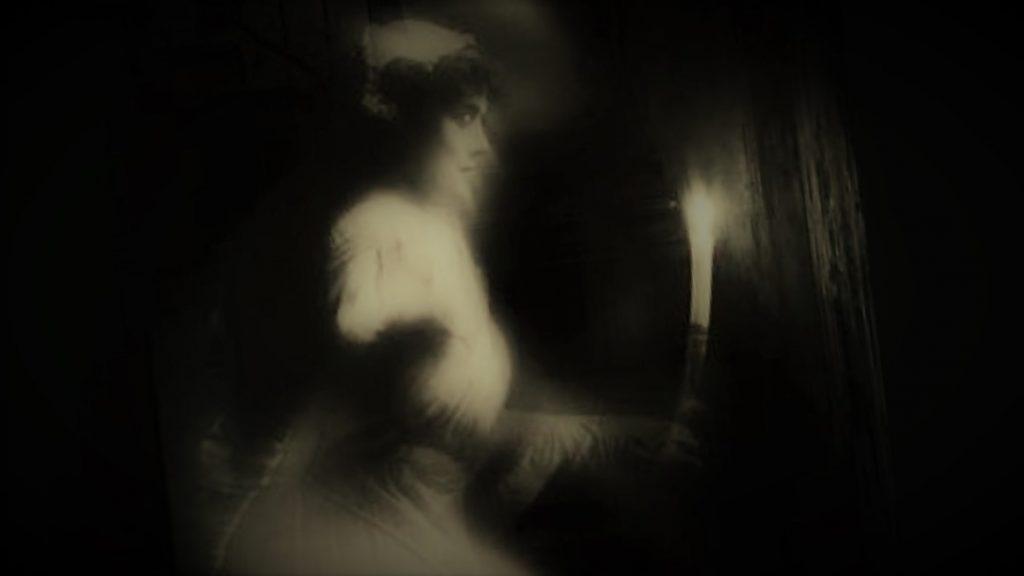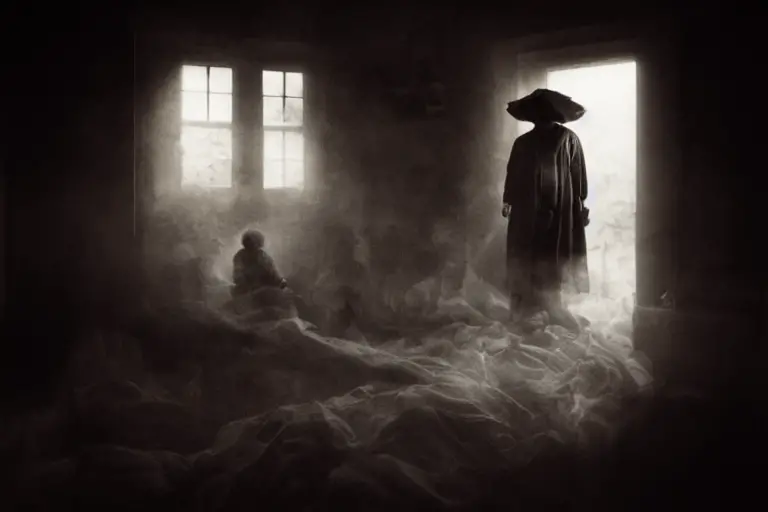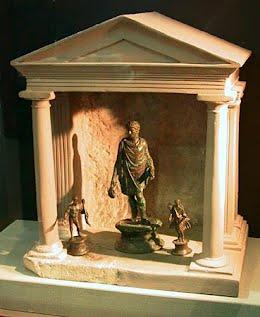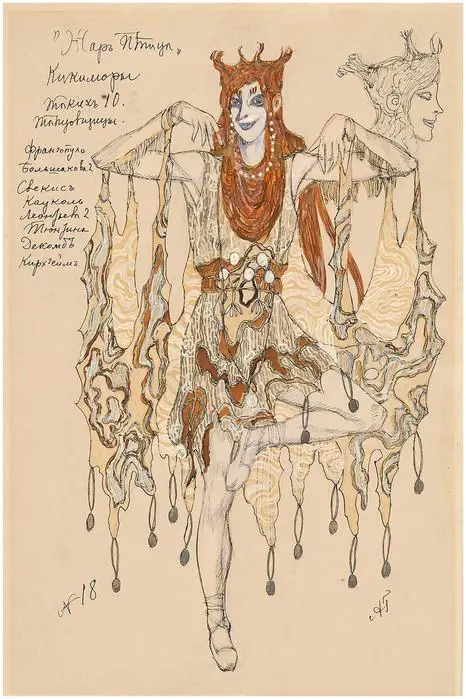Share the Lore!
By: Alex Postrado
Pagan Household Gods
One of the first things that likely come to mind when we think of spirits is imminence — as if there is an impending danger that is out to get us.
Despite not knowing exactly what about these spectral beings are to be scared of, it seems like people have long been conditioned to associate spirits with menace and threat.
But, in reality, if we were to dive deeper into our diverse cultural histories, we would learn that a lot of unseen entities were actually once viewed — more or less — as gods of their own kind.
From a pagan belief that has likely grown out of early practices of animism stemmed the stories of deities.
Specifically, those that are assigned to watch over certain places — such as forests, lakes, temples, and even houses.
Ever heard of household spirits?
They are typically benevolent spirits or deities that guard certain homes, families, and family possessions.
Sometimes though, there is enough reason to be wary of them because you just might end up drawing the short end of the stick.
Meaning, getting stuck with a troublesome or — much worse — malevolent household spirit.
While a few of these creatures are notoriously difficult to get rid of, if you’re lucky enough, some of these household deities can actually bring your home both protection and good fortune.
And, well, who doesn’t want that?

What are Household Spirits?
Household spirits are usually regarded as guardians of a family, their estate, and material possessions.
They are also sometimes known for tending to unfinished household tasks at nighttime — basically, the housemate we’ve all been looking for.
But, unlike common deities who are worshipped in temples, these spirits are usually venerated inside of the very homes they protect.
They would often be personified through figurines, charms, or paintings for worship purposes.
Serving as protectors of homes, household spirits are naturally respected by the family they are affixed to — similar to how some places across the globe have patron saints to honor.
For well-off families, designated altars are the way to go, much like the lararium of Romans.
Yet that isn’t the only way to appease the deities that dwell within houses.
Food or other gifts can be presented to them as offerings.
And in some cases, these unseen forces would even be invited to join family meals.
How the Belief in Household Spirits Go
Basically, it is believed that the fortune of a household and its residents depend on how they treat their deities.
Households that are active in doing their honorary rituals for the spirits would flourish.
On the other hand, misery would befall those that are neglectful of their spiritual duties.
This tradition was undeniably common in many countries — with ancient Rome, serving as one of the best examples.
While in Japanese folklore, a somewhat similar belief appears in the shape of deities, called Tsukumogami.
These are spirits that have developed in household objects or tools that — for ages — have served specific lineages.
The lore goes that these animate objects may become vindictive if thrown away or discarded — a translation of their years of servitude, along with their worth, being seemingly forgotten.

Types of Household Spirits
In a lot of religions, it is believed that every household has a main deity, presiding over the home.
And while there is an extensive list of household spirits from all over the world, they can all be categorized into two main types.
The first one is the specific deity type.
Usually, a goddess of the hearth and home, examples of this would point to popular names — such as Greek mythology’s Hestia and Norse mythology’s Frigg.
The second type of household spirit — unlike the first one — is not singular by nature.
Rather, it is comprised of animistic deities who are subordinates of the chief ones.
They are common in beliefs of antiquity — like the Lares of ancient Roman religion, the Cofgodas of Anglo-Saxon paganism, as well as the Gashin of Korean shamanism.
Despite once becoming victims of Christian indoctrination, they — fortunately — have persisted in modern-day consciousness and were ultimately introduced to us as fairy-like creatures.
Household Spirits From Around the World
It would probably take a day or two to list off every single domestic spirit that can be found in folkloric accounts across many countries.
In the Philippines, for instance, the Anito is considered to be a main domestic deity during pre-colonial times.
Unfortunately for this legend, not many documents about it remain — probably due to the measures taken during the hundreds-of-years occupation — causing the lore to rather rely on limited — and often, inaccurate — word of mouth.
Meanwhile, the Anito’s ancient Slavic counterpart — Domovoi — enjoys worldwide prominence as a benign household spirit.
Domovoi — also spelled Domovoj or Domovoy — usually dwell in the hearth or behind the stoves of Slavic households, not only looking over its residents but also the entire estate, including the outbuildings and animals within the property.
Their name comes from the word dom or “master of the house“.
And this house spirit, albeit often peaceful, can rarely become spiteful.
In that case, a plate of food or small cloaks left under the floor covers may be offered for peacemaking.
Similarly, the Romans have Panes and Penates — which are well-known pantry and kitchen deities.
These entities protect household food from spoilage and they provide the means to ensure the family’s access to this sustenance.
In Asian culture, bizarre-looking Baku were key creatures of Chinese and Japanese folktales.
They ward off nightmares and malicious entities — which is why they are often associated with health and good fortune.
Moreover, in France, household spirits known as Matagot are said to be bringers of wealth — if treated under the right conditions.
They tend to appear in the form of a cat, fox, rat, or dog.
And interestingly enough, the tale of Puss in Boots was said to be loosely based on the Matagot — a talking cat, going out of his way to bring his master riches as thanks for the shiny, leather boots he received.
While there is a seemingly endless list of good-natured household deities, there are also ones that lean more on their mischievous side and bring misfortune to the houses they inhabit.
Take the Trasgo of Celtic and Roman mythology, for example.
Just like Brownies of Anglo-Scottish and English folklore, Trasgo are known to sometimes be arrogant and fond of causing mischief.
But, not being one-dimensional in a sense, both Brownies and Trasgo can also be merry house helpers at night — as long as people don’t try to take advantage of them.
Another notable mention is the Kikimora — the Domovoi’s female counterpart, which is mostly regarded as a malevolent spirit.
The Kikimora is believed to reside in the house cellar or behind large furniture.
This mischievous spirit takes residence within households by following the footprints of an individual who wishes harm upon another member of the family.
Yet, sadly, the belief that Kikimora is evil — according to some scholars — can oftentimes be blamed on the rampant vilification of women in many cultures since ancient times.
As you can see, almost every nation and culture have its own mythical accounts of household spirits.
And of all these fascinating entries, the theme that commonly plays out is that these house deities can be good or bad, depending on how you treat them.

Origins and Explanation
The belief in different entities, dwelling in homes and bringing either protection or harm has been prevalent since the olden days.
In fact, notable classicist and author William Edward Hearn was one of the first to point the early origins of household spirits to ancient animism.
However, in an attempt to erase all traces of paganism, Christianity, along with other major religions, has relentlessly tried to wipe out beliefs like this from collective memory.
In more recent years, rationalism and the Industrial Revolution can both be partly blamed for adding to the general decline of pagan traditions.
Yet, completely cutting out household deities proved to be an outright arduous feat.
Elements of the pagan practice still linger even in the very religions that tried to destroy them.
And, nowadays, we see remnants of household spirits crop up in role-playing games and video games.
And lucky for us, even in the same old stories that were almost lost somewhere in the pages of our history.
References:
Household deity Mythical Creatures From Folklore That Live In And Around Your Home Kikimora, Domovoi, Baccoo, and Other Strange and Spooky Creatures Roman Household Spirits: Manes, Panes and Lares 3 household spirits who are up to mischief Domovoi, House Spirit of Slavic Mythology How to Appease Household Spirits Across the World

